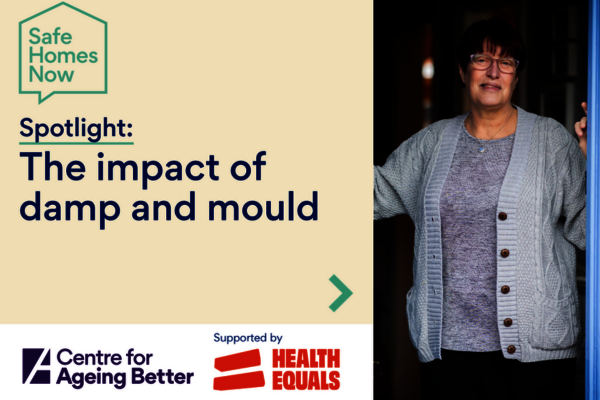Home adaptations can improve the accessibility and usability of a person’s home environment, which can help people feel more confident and in control of their daily activities. Evidence from Foundations, the national body for home improvement agencies, found that adapting your home can delay a move into residential care by up to four years (2015).
In our survey with Ipsos MORI, two of the most frequently mentioned adaptations were grab rails and equipment for washing or using the toilet. However, the majority of participants had no home adaptations fitted at all. Relatively low cost home modifications can lead to a 26% reduction in falls and savings of £500 million each year to the NHS and social care services (Keall et al, 2015).
The last comprehensive review of the evidence for the outcomes and costs associated with home adaptations was published in 2007 (Heywood & Turner, 2007). Since then, we have seen an increase in policy attention on the cost benefits of home adaptations. The latest budget provided an increase in the Disabled Facilities Grant to allow more people to access home adaptations. Now seems like the ideal time to consider how we provide better homes to live in as we age.



